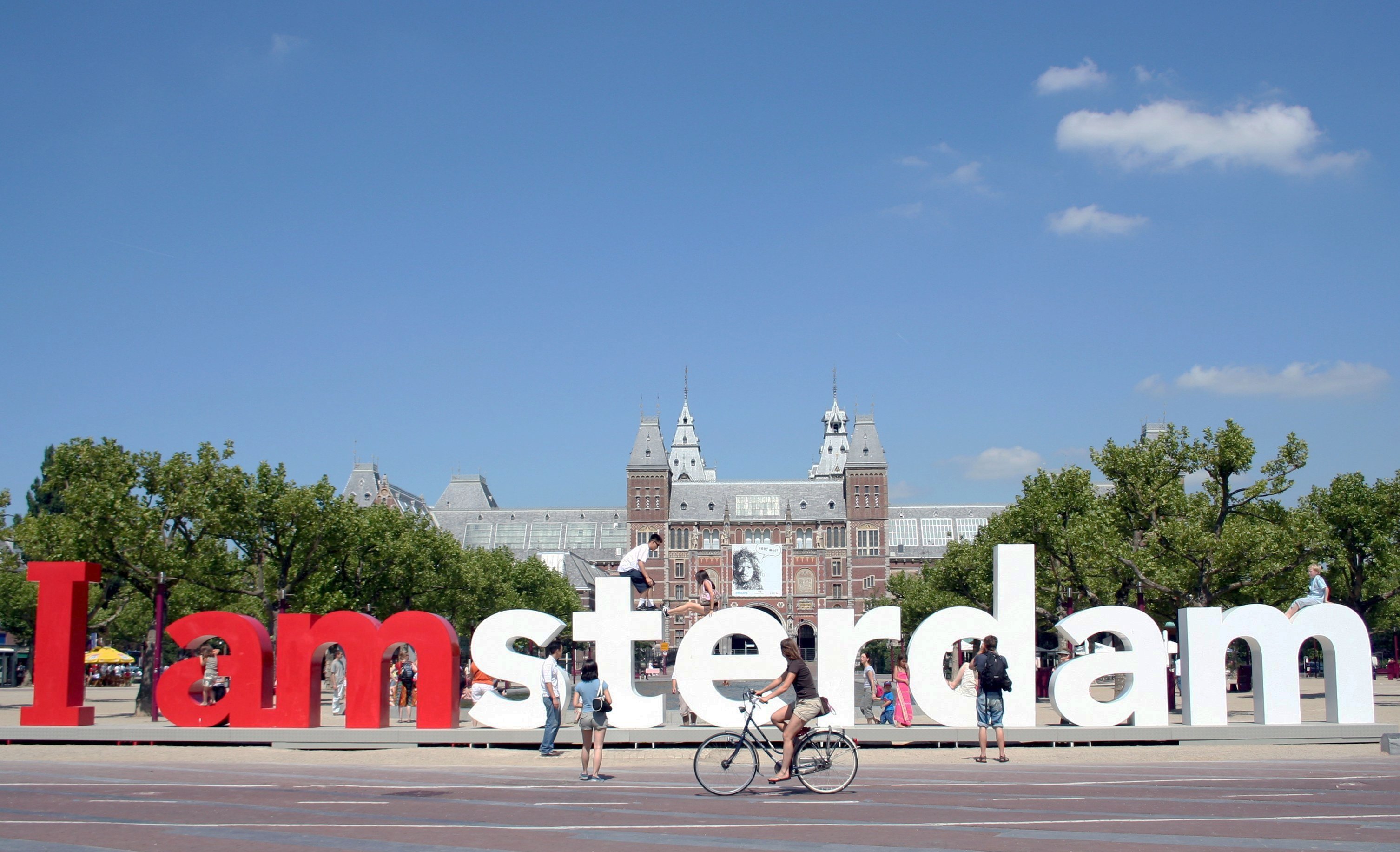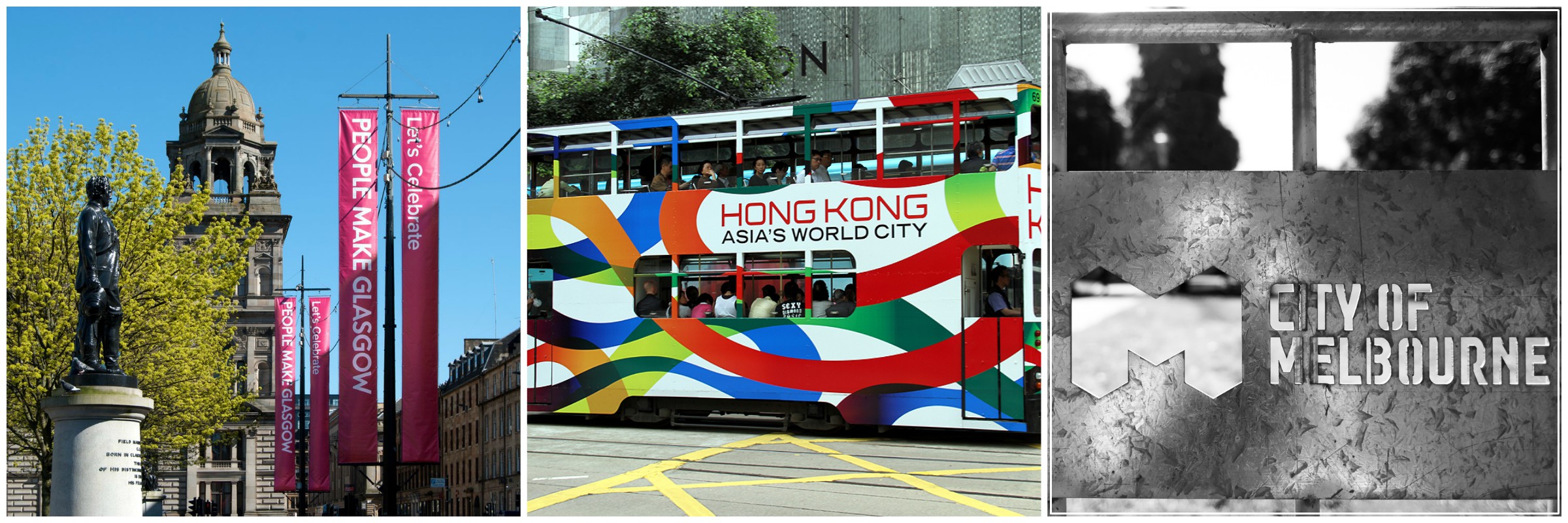
Image: iloveny official instagram
“A brand, an idea, an identity, synonymous with New York as a city, its infrastructure, businesses, tourist hotspots, residents and tourists alike…..” The I Love New York logo dates back to 1977 and needs no introduction.
Meanwhile, a newer city logo I AMsterdam has also captured the public’s imagination. “The essence of a city encapsulated not only in a tag line or a logo but a concept, a thought process.”
Getting to grips with place branding
These two examples aren’t just logos – they are examples of place branding. In an increasingly competitive global market, selling a town or city as the place to be is key not only to ensuring external and internal investment but also to retaining people, skills and talent within the local economy.
Place branding, may be seen as a step on from place marketing. It seeks not only to advertise and market a place to drive tourism. Instead it seeks to capture the essence of a place (whether real or aspirational). This brand is then embedded as part of a wider strategy and communicated to both residents and those outside, through business and commerce, transport, infrastructure, and events. If done effectively, the brand is a holistic channel for the desired message.
Place branding often seeks to influence the external perception that people and businesses have of a place – to either change preconceived ideas or stereotypes, or to use these as a way to advance the brand and promote its values.
“Place branding is the “who” of a place, while marketing is “how” you go about communicating the ideas and values which make up the brand.”- Tom Buncle Destination Scotland.
Benefits for local authorities
However it is not just global cities that can benefit from place branding. Local authorities can use place branding as a strategic tool to advance investment and retain a talent pool within their local communities. Developing a brand strategy can also be a useful way to engage members of the community, and build partnerships and social value between residents and businesses.
Although often used to encourage tourism, place branding strategies can also help promote regeneration and community resilience. Such strategies can also help with asset-based strategies, as towns assess what they have and how they can maximise its potential. Place branding also gives members of the community and local stakeholders an input into the future vision for the place in which they live. This might include property development and regeneration, or events.
However place branding is not always a universally popular approach. It can easily be misunderstood, especially at a time of budget and service cuts. The long term vision and investment required to successfully deliver place branding can also deter local authorities.
Keys to success
A key factor in a successful place branding strategy, according to the place branding manifesto, is making it inclusive, ensuring that as far as possible everyone within the community feels they can relate in some way to the brand and that it is truly reflective of the best elements of a community. This helps with both the adoption and maintenance of the brand in terms of everyday use, and can also help promote the brand internationally.
In 2014, The Guardian asked readers to contribute their own tag lines for city brands where they live. The results were interesting, but they also highlighted another core element to branding, rather than marketing. While a strapline and a logo are important (they are the most public face of a brand) they contribute very little if the wider brand values and promotion are lacking. Engagement, planning and long term strategy is key.
Successful place branding strategies like those seen in New York, Barcelona, Amsterdam and Glasgow are characterised by a synthesis of long term development, strategic vision, and branding strategy. They include a visual identity and a strap line which people see as inclusive and representative of the values of the place.
This allows them to promote their own unique qualities to an international audience, while engaging local people, businesses and government in the value of their project and the potential benefits of a common strategy and approach.
Our most recent Information Service member briefing explored the potential of place branding.
To find out more on how to become a member of the Idox Information Service, please get in touch.
Read some of our other blogs on regeneration and cities:
- The Govanhill Baths: a successful example of community-led regeneration
- Street art…regeneration tool or environmental nuisance?
- Learning from “Alcatraz” – the regeneration of the Gorbals
- Going green together: regeneration through shared spaces
- Striking a social chord: music in community engagement and regeneration
Follow us on Twitter to see what developments in public and social policy are interesting our research team.
Share
Related Posts
A recent item on BBC Radio 4’s Today programme generated an unusually high number of responses from listeners. A man who had lost his job in the financial services sector at the age of 57 described his difficulty in trying ....
Tackling geographical inequalities is critical for ensuring that all parts of the country have the potential to prosper. When the UK was a member of the European Union, it was entitled to a share of funding from the EU’s structural ....
By Ian Babelon A new-old concept for proximity “Are we there yet?” Parents may patiently nod to their children’s insistent nudges on a 20-minute journey to… somewhere. Quite rightly, researchers have asked: twenty minutes to what? The answer may well ....
By Robert Kelk and Chris Drake A new start for an old challenge? The recent appointment of Marc Lemaître as the European Commission’s director general for research and innovation (R&I) has returned Europe’s R&I gap to the spotlight. Previously head ....


